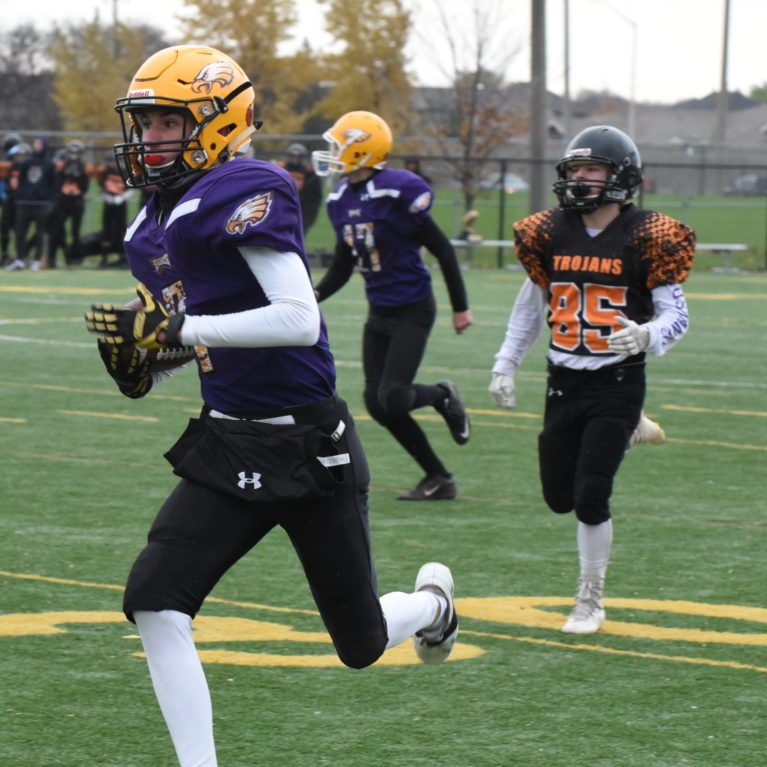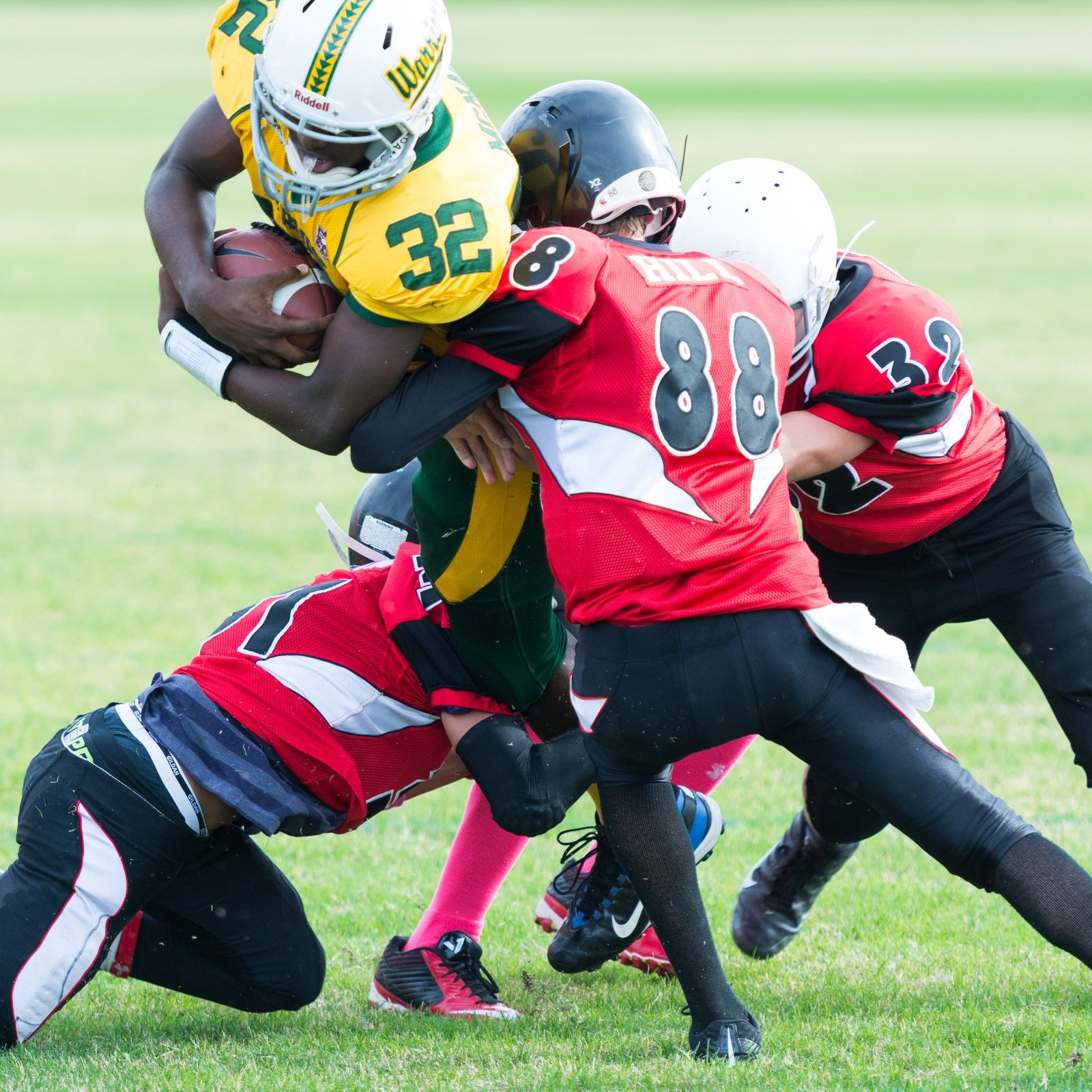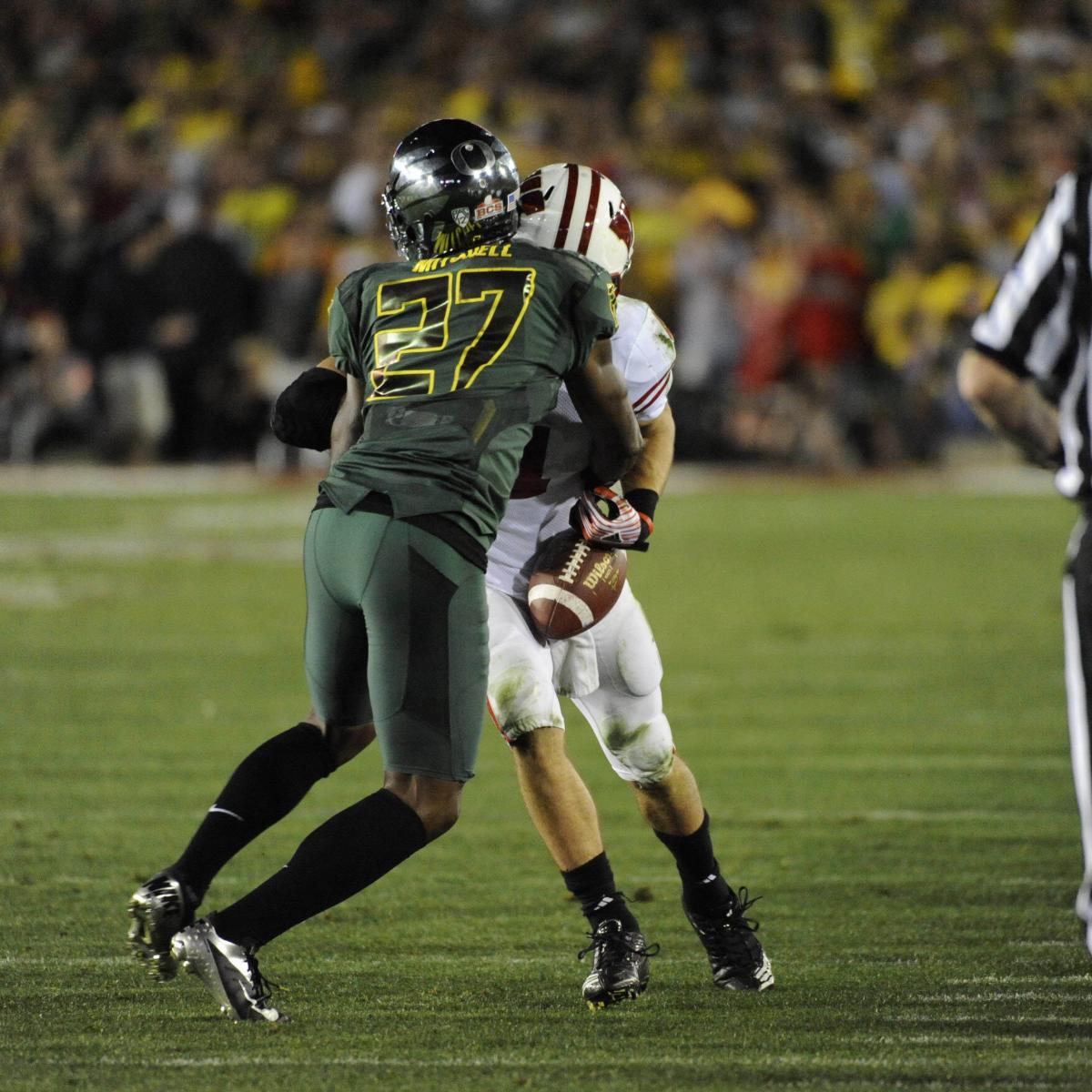In the context of American football, the term “secondary” refers to a crucial area of the defensive formation. It primarily includes the defensive backs—cornerbacks and safeties—who are responsible for defending against the pass, tackling, and supporting the run defense. Understanding the nuances of the secondary is vital not only for players and coaches but also for fans looking to deepen their appreciation of the game.
In this article, we will explore various aspects of the secondary in football, including its roles, responsibilities, strategies, and significance in a football team’s overall defensive scheme. We will also discuss how different teams might utilize their secondary players and how the evolution of the game has influenced their roles over the years.
The Structure of the Secondary
Cornerbacks
Cornerbacks (CBs) are positioned on the outside of the formation and primarily focus on covering wide receivers. Their primary role is to prevent successful passes from being completed to their assigned receiver. This involves a mix of skills, including speed, agility, and awareness. Cornerbacks often engage in one-on-one matchups against opposing wide receivers, requiring them to be incredibly skilled in techniques such as press coverage and zone coverage.
Press Coverage
Press coverage involves the cornerback physically restricting the receiver’s initial movement right off the line of scrimmage. This style of play can disrupt the receiver’s timing with the quarterback and can also allow the secondary to read the quarterback’s intentions more easily.
Zone Coverage
In zone coverage, the cornerback is responsible for covering a specific area of the field rather than a specific player. This technique allows the defensive backfield to respond as a unit, effectively covering multiple routes and disrupting the timing of the offensive play.
Safeties
Safeties are typically classified into two main categories: strong safeties and free safeties. Each has distinct responsibilities that complement those of the cornerbacks.
Strong Safety
The strong safety (SS) usually lines up closer to the line of scrimmage and often plays a role similar to that of a linebacker. This position requires the player to be physically robust, as they frequently engage in tackling and run support. Strong safeties also need to be adept in pass coverage, particularly against tight ends and running backs.
Free Safety
The free safety (FS) plays deeper on the field and serves as a last line of defense. This player must possess exceptional ball skills and awareness, as they are often tasked with reading the quarterback’s eyes and anticipating where the pass might go. The free safety needs to have a strong understanding of the offensive formations and is often the defensive centerpiece for orchestrating coverages.
Responsibilities of the Secondary
Pass Coverage
One of the primary responsibilities of the secondary is to cover the opposing team’s receivers. This usually involves both man and zone coverage techniques, allowing cornerbacks and safeties to adapt to various offensive strategies. Effective pass coverage requires not only physical skills but also strong mental acuity and the ability to quickly recognize a play’s development.
Run Support
Despite being predominantly focused on defending against the pass, the secondary also plays a vital role in halting the run. Cornerbacks and safeties must be prepared to quickly move upfield and tackle if the running back breaks through the front seven. Their ability to provide run support can often be the difference between a minimal gain and a big play.
Ball Skills
Members of the secondary must also work on their ball skills, which can involve intercepting passes or deflecting them to prevent completion. Effective ball skills can transform potential passes into turnovers, significantly shifting the momentum of a game. Successful turnovers can often result in immediate scoring opportunities for the defense’s offense.
Strategies Employed by the Secondary
Blazing Blitzes
In instances where teams decide to blitz, the secondary needs to be on high alert. A blitz is a strategy where additional defensive players—often linebackers—rush the quarterback in an attempt to disrupt the play. When executing a blitz, it is crucial for the defensive backs to understand their new responsibilities. They may need to cover a larger area or adapt quickly to changes in the offensive attack.
Man-to-Man vs. Zone Coverage
The choice between man-to-man and zone coverage can greatly impact the game. Man-to-man coverage allows individual defenders to lock onto their designated offensive player, while zone coverage can provide a more comprehensive approach, letting multiple defenders focus on key areas of the field. The selection of strategy often depends on the strengths and weaknesses of both the defensive backs and the opposing offense.
Matchup Considerations
Effective coordination among defensive backs often relies on matchup evaluations. For instance, if an offensive team has a particularly talented wide receiver, the defense may decide to assign their best cornerback to shadow this player for the entire game.
The Evolution of the Secondary
Historical Context
The concept of the secondary in football has evolved significantly over the years. In the early days of the sport, defenses were primarily oriented around stopping the run. As the aerial attack became more prevalent, the requirements of the secondary intensified, leading to specialized roles for cornerbacks and safeties.
The Rise of Passing Offenses
With teams recognizing the effectiveness of the passing game, the responsibilities of the secondary transformed. More emphasis was placed on covering receivers, leading to a greater variety of coverage schemes and specialized players. Modern defenses have evolved to defend against high-powered offenses, making the secondary’s role even more crucial.
Modern Techniques
Today’s secondaries employ a bevy of advanced techniques, including sophisticated zone schemes and hybrid players who can quickly switch roles based on the flow of the game. Training regimens have also adapted to encompass more tailored approaches, allowing defensive backs to refine their skills in both coverage and tackling.
Importance of Communication
On-Field Communication
Effective communication among secondary players is vital for a successful defense. This includes making quick adjustments based on offensive formations, recognizing shifts in play, and coordinating in real-time during games. Defenders must communicate clearly to avoid any breakdowns in coverage that could result in big plays.
Sideline Adjustments
Coordination doesn’t just happen on the field; it must also occur on the sidelines. Defensive coordinators often make real-time adjustments based on the flow of the game. Secondary players must quickly adapt to new schemes, recognizing formations and discussions from the coaching staff.
 Physical and Mental Conditioning
Physical and Mental Conditioning
Athlete Conditioning
Players in the secondary must be among the most athletically gifted on the team. Speed, agility, and flexibility are critical for cornerbacks and safeties to compete effectively against nimble wide receivers and shifty running backs.
Mental Preparation
In addition to physical conditioning, mental resilience is essential. Defensive backs must constantly scan the field, assessing situations, while staying prepared for whatever the offense may throw their way. This level of focus can prove to be a bigger challenge than physical hurdles.
The Impact of the Secondary on Games
Critical Moments
Secondaries often find themselves involved in critical game moments, such as crucial third downs or last-minute drives. Their performance can significantly dictate the outcome of these situations, transforming a home run into a missed opportunity for the offense.
Game-Changing Plays
Interceptions or fumble recoveries can electrify a stadium and shift game momentum. A strong secondary can create game-changing plays, turning defensive stops into scoring chances on offense.
What is Secondary in Football? A Conclusion
In conclusion, understanding what is secondary in football goes beyond a simple definition. The secondary contributes significantly to a team’s overall success through intricate structures, defined responsibilities, evolving strategies, and an emphasis on communication and conditioning. Mastery of the secondary requires not only athletic prowess but also mental acuity and adaptability. Whether it’s through effective coverage schemes, run support, or game-changing plays, the ability of the secondary to influence the game cannot be understated. As fans, players, and coaches continue to evolve the strategies within this vital segment of a football team, the importance of the secondary in football will only continue to grow.



